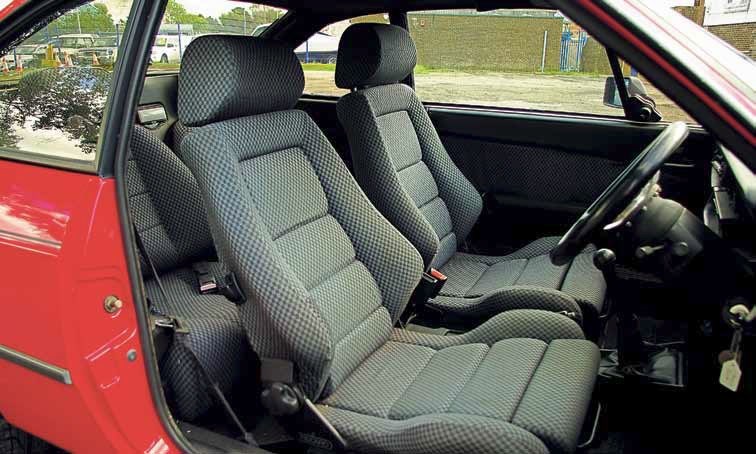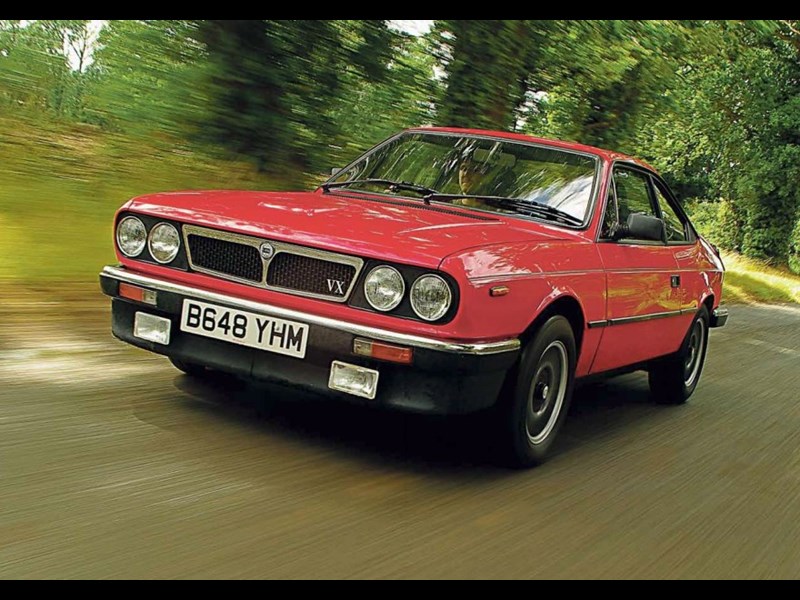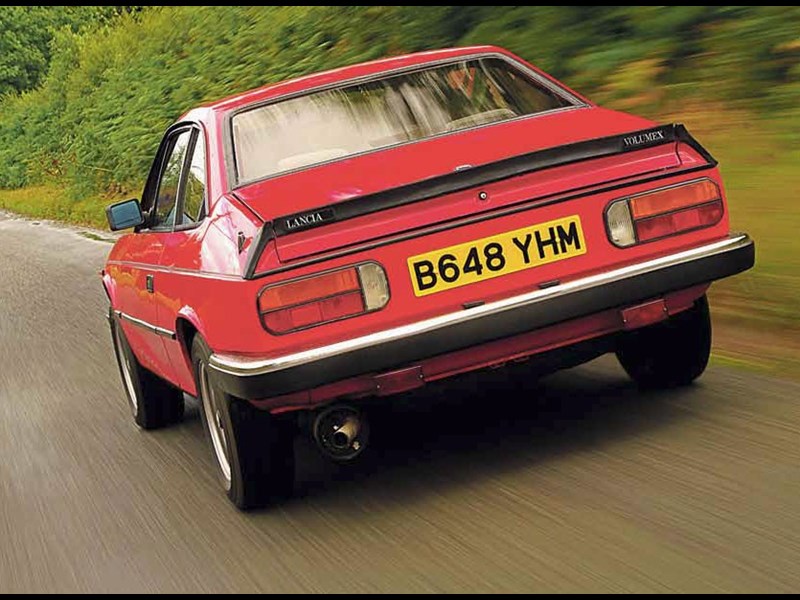When most people think of the Lancia Beta, they hark back to horror stories of the late 1970s and early 1980s – chilling tales of rusting struts, poor drainage, and sub-standard monkey-metal purchased from the Soviet Union.
Up to a point they are right. The Beta was plagued with rust issues and Lancia’s reputation was deeply damaged when it was forced to buy back the affected cars as problems began to surface. However, by the time the Volumex was made, most of these issues had been resolved. Rust-proofing was improved, drainage holes were re-thought and higher quality steel was introduced, making the Volumex a reliable and hard-wearing car, completely undeserving of the derision it attracts from the mainstream motoring press and general public.
The Volumex was the last of the line and, as such, was a technological showcase for the Beta range. The most notable difference was the addition of a supercharger, which boosted power from 120bhp to 133bhp. Though not a huge increase in power, the device hugely improved torque figures, which made the power much more accessible in everyday driving. The Volumex represented the most polished incarnation of the Beta name and was the only model with real sporting pretensions. Uprated suspension was fitted and the chassis was given a Fiat-based DOHC engine developed by former Ferrari designer Aurelio Lampredi. One of the most advanced engines of its time, it would go on to be used in other classic sports cars including the Lancia Delta Integrale and, later, the Fiat coupé.
The Lancia Beta coupé was rare in that it was one of the only models to be constructed not only in Italy but also elsewhere. In 1979, SEAT began to produce the Beta at its newly acquired Pamplona factory, but the arrangement began to crumble due to a disagreement between SEAT and Lancia’s parent company, Fiat. Beta production only lasted for two years, with SEAT opting to partner Volkswagen in 1981 and switching production at Pamplona to the Volkswagen Polo.
Following in the footsteps of its impossibly pretty Lancia forebears, the Beta Volumex is unashamedly good looking from every angle. Whatever pixie dusts or potions Italian design houses sprinkle on cars in the murky gloom of Turin production lines, the Beta has it in spades. It’s sleek lines are set off by a bright red that only Italian motors seem to suit, already giving the impression of speed and agility before being let off its lead.
When you do clamber inside you are immediately struck by the stylish interior, which, despite looking like the bridge of the starship Enterprise, seems to have aged remarkably well. You could be forgiven for thinking that the Beta was born in the 1980s or 1990s rather than the 1970s. A flat, futuristic dashboard replaces deeply recessed dials, not as controversial or striking as on early models, but which, like fine wine, has got better with time. For the first time, power windows came as standard, and windscreen wipers had an intermittent function. All this adds an air of 1980s optimism that is quite unique. Temperature dials do away with needless details, such as the actual temperature, and make do with blocks of colour instead. Green for ‘go’, red for ‘quickly stop before it overheats again’.
The theatre of the car is only enhanced when you put your foot down. Unlike other Beta models which were a bit underpowered, the tiny supercharger stuffs the engine with air, propelling the Volumex along at a fair old clip. Rather than a rumble or a roar, the Beta hums and whirrs like an extra from Batteries Not Included, 133bhp encouraging each gearshift as the engine reaches its buzzing crescendo at 5500rpm. The go-kart steering wheel makes the car feel sharp and responsive, enhancing the feeling of speed when approaching roundabouts and carving through twisty A-roads, all coming together with a magic that Lancia has a knack of capturing.


